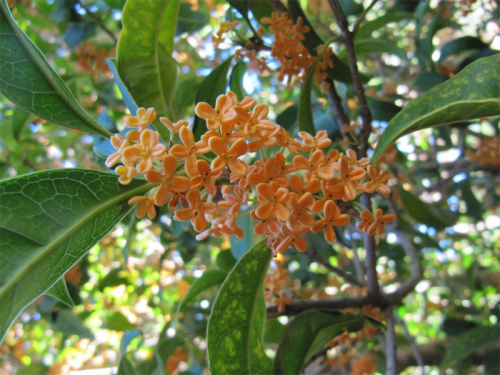
READERS continue to ask for suggestions on hardy shrubs that provide colour in late autumn months and through the winter.

There are many annuals for winter colour, such as polyanthus, primulas, pansies and violas. But, as with all annuals, they need replanting according to the season.
Some readers have suggested I have been emphasising shrubs for the ever increasing numbers of minute gardens, ie blocks down to 270 square metres. They have reminded me that there are many hundreds of gardens still with good size blocks up to 1000 square metres.
So here are more winter shrubs for the medium-to-larger garden:
- Mahonia aquifolium is a native of north-west America. It has slightly off-putting, somewhat prickly large evergreen leaves, which are offset by bright-yellow flowers in densely clustered arching panicles in winter. The leaves turn a reddish-brown in winter. In spring, clusters of dark blue berries appear. Commonly known as Oregon grape (although no relation to grapes), Mahonia is resistant to summer drought and poor soils. Examples of this shrub can be seen growing in Commonwealth Park.
- Many deciduous plants present themselves at their best in winter with bare stems, both for appearance and fragrance. There is none better than Chimonanthus praecox Luteus or winter sweet with its fragrant yellow flowers. It can grow quite large, up to four metres, although it’s not a problem to keep it more compact with regular annual pruning in late winter/spring after flowering. The pruning encourages more branches and, consequently, more flowers.
-

Loropetalum plum gorgeous… rich, plum-coloured leaves all year round. Some shrubs are perfect for their winter foliage, rather than flowers. Take Loropetalum plum gorgeous. The name describes it perfectly with its rich, plum-coloured leaves all year round. In early spring, the raspberry tassel flowers give the whole garden a lift. One of the easiest plants to grow (just give it a light prune after flowering), it grows to 1.5 metres tall with a similar spread.
IT’S been a while since I mentioned the gosh-wow plant. Members of the Belconnen Garden Club visited our garden recently and the most talked about plant was our Osmanthus aurantiacus.
The visitors couldn’t mistake the delicious apricot fragrance of the clusters of apricot-coloured flowers. It’s native to most of Asia from the Himalaya to Taiwan and is the city flower of Hangzhou in China.
The flowers, often fused with green and black tea leaves to give added scent, are also used to make a scented jam and sweet cakes.
This plant is a stunner and with its multiplicity of uses, one can understand the description as the gosh-wow plant. It may be hard to find, but it’s worth searching for or looking online for suppliers.
Jottings…
- With the promise of showers almost every day and little or no rain eventuating, keep watering plants regularly.
- Sow broad beans, peas, onions and sweet peas.
- Trim conifers, pittosporums, viburnums and box so new growth will be hardened off before heavy frosts.
- Do not overwater bulbs; water them in at planting time and only every few weeks if there is no rain.
- If small shrubs are planted in the wrong spot, ie too much shade for example, now is a good time to transplant.
Who can be trusted?
In a world of spin and confusion, there’s never been a more important time to support independent journalism in Canberra.
If you trust our work online and want to enforce the power of independent voices, I invite you to make a small contribution.
Every dollar of support is invested back into our journalism to help keep citynews.com.au strong and free.
Thank you,
Ian Meikle, editor




Leave a Reply